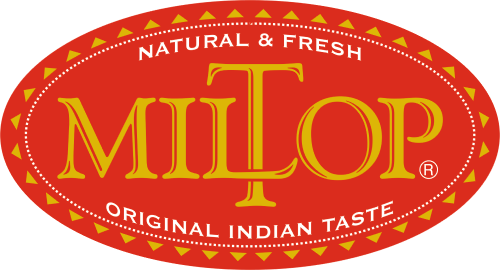Description
[vc_row full_width=”stretch_row”][vc_column][vc_tta_tabs][vc_tta_section title=”Description” tab_id=”1643872497540-2c791d2e-f97e0906-46b2″][vc_column_text]
Peppercorns, whether black, white or green, are the dried fruits of the pepper plant. One of the oldest and best-known spices in the world, pepper is indigenous to India and is rightly called the “King of Spices”. It is a perennial, climbing vine indigenous to the Malabar Coast of India. The hotly pungent spice made from its berries is one of the earliest spices known and is probably the most widely used spice in the world today. Black pepper is produced when the fruits turn yellow-orange; pepper made from these almost ripe berries has a particularly good flavour. Fully ripened pepper fruits are used to make White Pepper. White pepper retains the full pungency of black pepper, but it has an altered flavour due to partial loss of aroma compounds. White pepper is significantly more expensive than black pepper. White pepper has a higher content of Piperine (C17H19NO3) and consequently has a hotter taste than black pepper.
[/vc_column_text][/vc_tta_section][vc_tta_section title=”Medicinal Use” tab_id=”1643872497558-c99f8950-1ea20906-46b2″][vc_column_text]
Pepper stimulates the taste-buds causing reflex stimulation of gastric secretions, improving digestion and treating gastro-intestinal upsets and flatulence. Pepper calms nausea and raises body temperature, making it valuable for treating fevers and chills. The Syriac Book of Medicines prescribes pepper for constipation, diarrhoea, earache, gangrene, heart disease, hernia, hoarseness, indigestion, insect bites, insomnia, joint pain, liver problems, lung disease, oral abscesses, sunburn, tooth decay, and toothaches. It is also beneficial in anemia and poor circulation.
[/vc_column_text][/vc_tta_section][vc_tta_section title=”Culinary Use” tab_id=”1644055316293-c072d3ac-7013″][vc_column_text]
Pepper tastes & smells best when ground directly on to food. For hot food it is best to add pepper well towards the end of the cooking process, this preserves the aroma. White pepper is used in white sauces rather than black pepper, which would give the sauce a speckled appearance. Green peppercorns can be mashed with garlic, cinnamon or to make a spiced butter or with cream to make a fresh and attractive sauce for fish.
[/vc_column_text][/vc_tta_section][/vc_tta_tabs][/vc_column][/vc_row]



